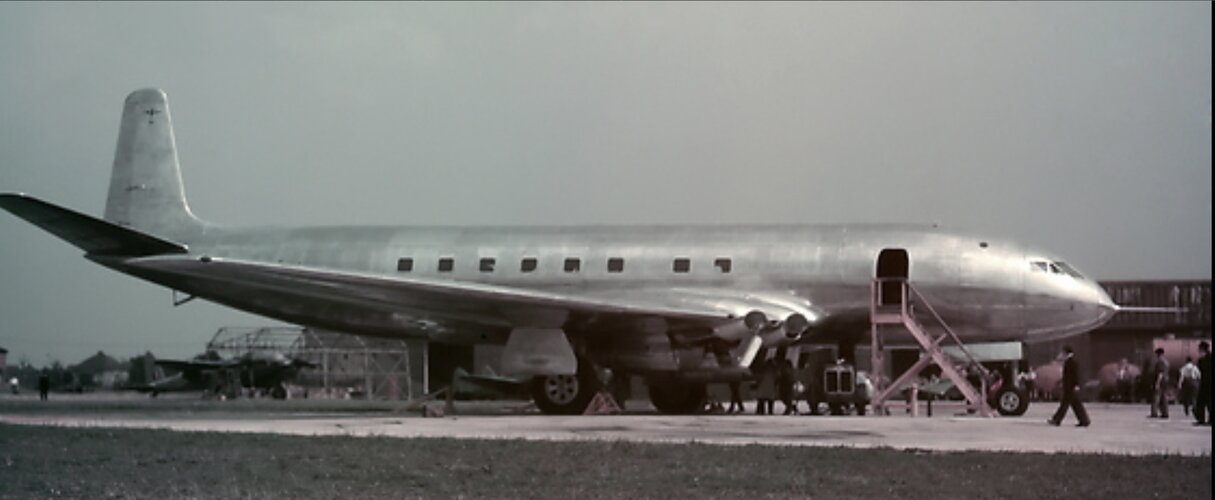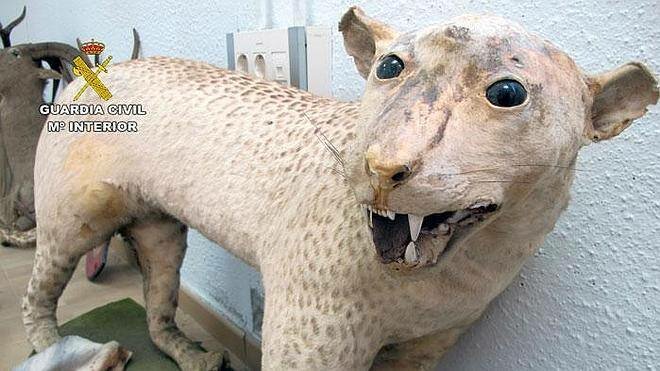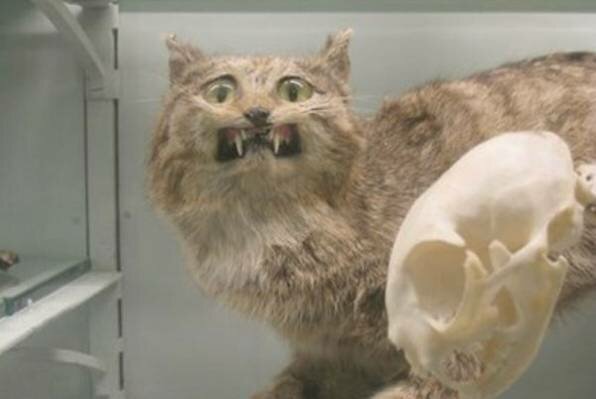In my opinion, what should be kept is all the project documentation along with as many technical data, photographs, drawings and history of the prototypes as possible. Think about how inappropriate it is to see stuffed animals in museums instead of videos of the animal in motion, infographics about its anatomy, and scientific data about its capabilities and evolution. The museums of the future will be completely virtual with three-dimensional scans of each object and attached text files on everything that is known about it, including X-rays and CT scans of the interior. An airplane covered in dust and with erroneous camouflage paint is of no use in today's world, except to prove that the machine existed, something it can do much more cheaply by displaying videos and photographs and devoting resources to expanding the museum's databases.




